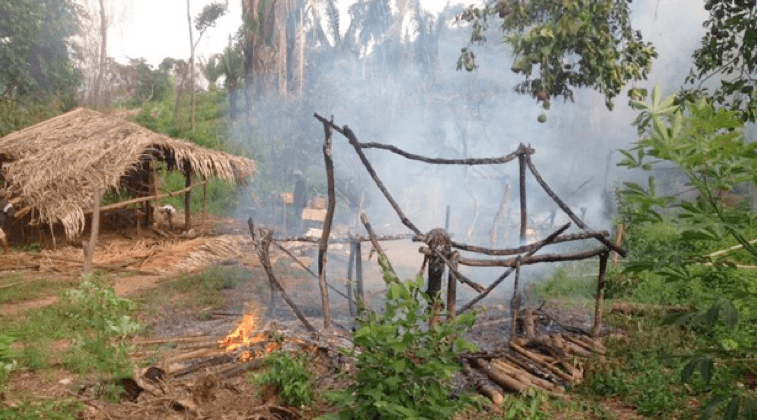By Anita Pleumarom (Tourism Investigation & Monitoring Team) and Chee Yoke Ling (Third World Network)
Reproduced here by kind permission of Anita Pleumarom, Chee Yoke Ling and the Third World Network – www.twn.my
The United Nations committed a substantial error when it proclaimed 2017 the International Year of Sustainable Tourism for Development. Despite its pronouncements of tourism being a positive force for economic development and poverty eradication, tourism is inept at meeting the challenge of implementing the sustainable development goals (SDGs). Like no other industry, tourism promotes – and glamorizes – a hyper-mobile and hyper-consumeristic lifestyle, rendering sustainability elusive. In fact, most tourism development is fraught with negatives including gross inequalities, human rights violations, cultural erosion, environmental degradation and climate instability (1).
Recent research is particularly alarming in terms of tourism’s contribution to climate change, primarily due to the high energy use for transport such as air travel. Based on a new global tourism emissions model, global tourism is set to emit some 300 gigatonnes of CO2 between 2015 and 2100, which is 30 percent of the global carbon budget for sustainable development (2). It is preposterous to allocate so much of this budget to tourism, instead of meeting the acute energy needs of billions of people around the world. Meanwhile, tourism alternatives such as ‘green’ or ‘eco’-tourism can also be problematic. Not only do they usually depend on long-haul flights that drive climate change, they also tend to penetrate fragile ecosystems and Indigenous Peoples’ ancestral lands, triggering both biodiversity loss and culture loss.
Tourism as a major source of financial leakage is well documented (3). Since it is frequently large foreign companies that either initiate or take over commercially successful tourism projects, the domestic retention and distribution of tourism benefits has a very poor record; profits are generally repatriated to corporate headquarters and shareholders abroad. A particular characteristic of tourism in this age of neoliberal globalisation is that it is closely intertwined with the finance and real estate industries. Ground evidence shows that vast tracts of public land are being privatized and acquired by foreign investors for luxury tourism – plus tourism-related residential, commercial and mega-infrastructure developments (e.g. ‘aerotropolis’, or airport cities) – resulting in displacement and disempowerment of local people. The radically de-regulated business environment spawns price hikes and speculation, posing high risks to local economies, ways of life and community social structures.
The nature and conceptualisation of the UN World Tourism Organisation (UNWTO) does not allow for it to adequately deal with the unsustainable and unjust patterns of tourism. Originally formed as a business organisation, the UNWTO remains industry-controlled and industry-oriented, and its critics do not regard it as a responsible UN agency acting for the common good. In synchrony with the global tourism and travel industry, it continues to aggressively campaign for further tourism growth despite the fact that much of contemporary tourism is antithetical to sustainable development and most of the tourism-related goods and services are luxuries that can only be enjoyed by the world’s minority. Even if some improvements can be achieved in tourism through better regulation and management as well as increased incentives for ecologically sustainable activities (alleged ‘eco’-tourism among them), it is clear that the gains made will be negligible in the context of the continued growth of the tourism industry at large, as forecast and aspired by the UNWTO. Instead of down-scaling the inflated tourism sector and effectively engaging in harm avoidance, the UNWTO sends a wrong message to the public: that ‘sustainable (eco)tourism’ is the solution and needs to grow without barriers for the benefit of us all.
Actually, steering tourism policy and practice towards more sustainability requires first and foremost correcting the unjust economic structures and power relations that drive tourism development. It is also necessary to put in place laws and regulations that effectively protect local citizens and communities from harmful tourism, including mechanisms that require travel and tourism businesses to compensate for social losses and to clean up the damage they created. Clear transparent, accessible processes for accountability are needed, which empower people(s) to monitor and hold governments, financial institutions, development agencies and the private sector engaging in tourism accountable for their actions.
Rather than aiming at further tourism expansion, other more sustainable economic activities should be developed, particularly in small island developing states (SIDS) and least developed countries (LDCs) that heavily rely on tourism – which not only must contend with the volatility of tourism (e.g. due to international financial/economic crises, acts of violence, extreme weather events, natural disasters and pandemics), but also are endangered by tourism-induced climate change. This is a major undertaking that the international community must assist with, for the transition of those economies and health of their populations.
—-
References:
(1) Third World Network, ‘Global Tourism Growth: Remedy of Ruin?’, TWR, Sept./Oct 2015, http://www.twn.my/title2/resurgence/2015/301-302.htm
(2) Sustainability Leaders Interview: Paul Peeters on Tourism, Aviation and Climate Change, 8 June 2016, http://sustainability-leaders.com/interview-paul-peeters-on-tourism-aviation-climate-change/
(3) Pleumarom, A., ‘Tourism – a driver of inequality and displacement’, TWR, Sept./Oct 2015, http://www.twn.my/title2/resurgence/2015/301-302/cover01.htm
This article can be downloaded from Third World Network’s website at: www.twn.my/tour.htm

The article is based on a chapter entitled ‘Corporate capture subverts production and consumption transformation’ by Chee Yoke Ling, published in Spotlight on Sustainable Development 2016: Report by the Reflection Group on the 2030 Agenda for Sustainable Development, 11 July 2016, pp.94-100
The full report as well as single chapters of it can be downloaded at: https://www.2030spotlight.org/
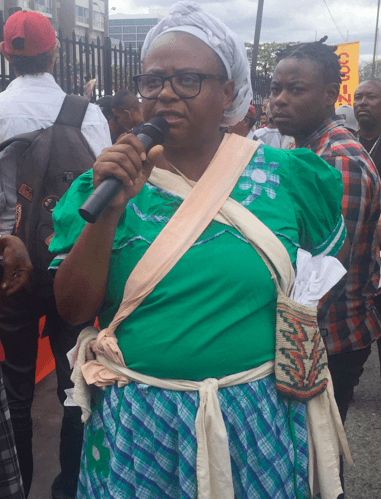
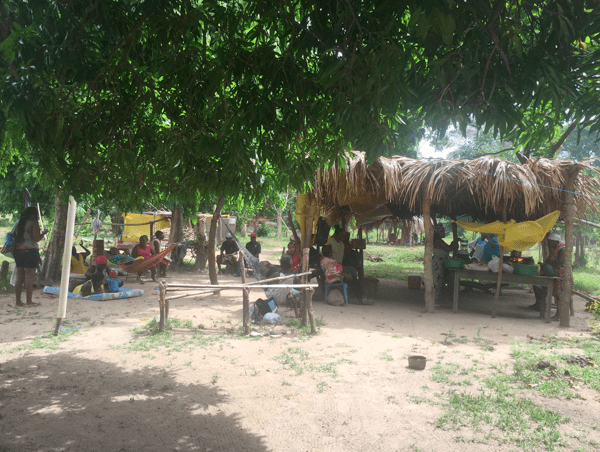
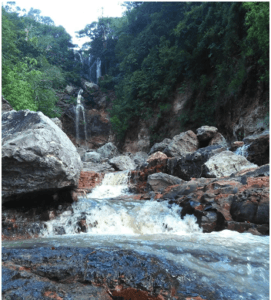 Paris, 10 July 2020 — UNESCO’s Executive Board has approved the designation of 15 new UNESCO Global Geoparks, which brings the number of sites participating in the Global Geoparks Network to 161 in 44 countries.
Paris, 10 July 2020 — UNESCO’s Executive Board has approved the designation of 15 new UNESCO Global Geoparks, which brings the number of sites participating in the Global Geoparks Network to 161 in 44 countries.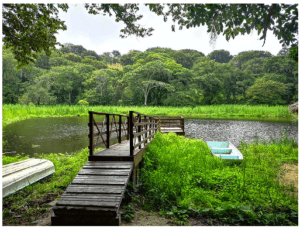 Located in the north of Nicaragua, Río Coco is part of the volcanic Central Mountainous Chain featuring a landscape of rolling hills and plains with small valleys. The elevated and broken topography of the area offers lookout points and panoramic views of a range of ongoing tectonic phenomena, in a landscape of wetlands, highland springs and cloud forests. The territory is home to three emblematic trees: the almond tree of ‘Tere Armijo’, the Branded Guapino tree, and the 500-year-old Golden Ceiba, sacred for the Mayan people. The area has a rich history, marked by Taguzgalpa heritage, with numerous pre-Hispanic settlements and a few examples of cave art. Spanish conquistadors established the Cuje gold mines in Río Coco and built the parish church of Santa María de Magdalena in Totogalpa (18th and 19th centuries).
Located in the north of Nicaragua, Río Coco is part of the volcanic Central Mountainous Chain featuring a landscape of rolling hills and plains with small valleys. The elevated and broken topography of the area offers lookout points and panoramic views of a range of ongoing tectonic phenomena, in a landscape of wetlands, highland springs and cloud forests. The territory is home to three emblematic trees: the almond tree of ‘Tere Armijo’, the Branded Guapino tree, and the 500-year-old Golden Ceiba, sacred for the Mayan people. The area has a rich history, marked by Taguzgalpa heritage, with numerous pre-Hispanic settlements and a few examples of cave art. Spanish conquistadors established the Cuje gold mines in Río Coco and built the parish church of Santa María de Magdalena in Totogalpa (18th and 19th centuries).